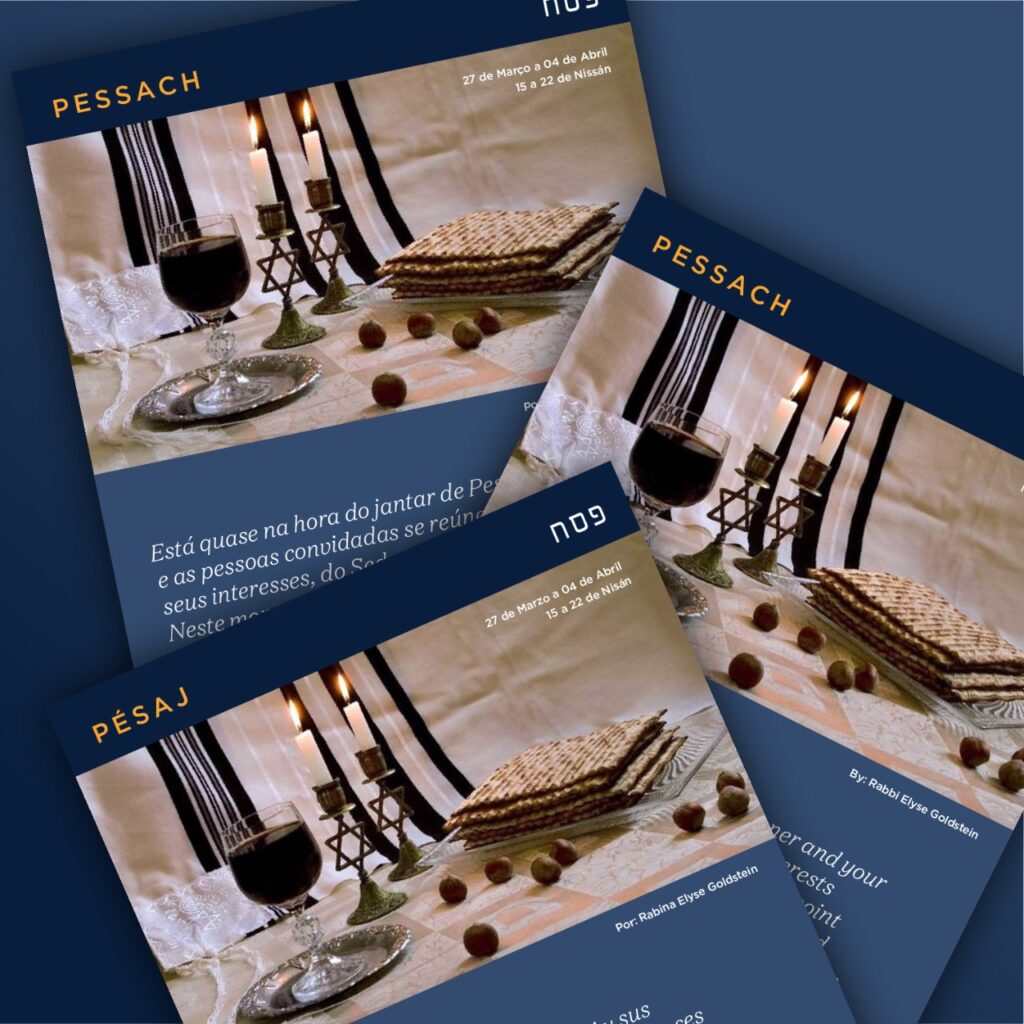It’s almost time for the Passover dinner and your assembled guests are shifting their interests from Seder to soup. At this moment, you point to the Passover symbols: Pesach, matzah and maror, and sort of begin the meal with what was considered in ancient times “the appetizer”.
According to the Talmud (Tractate Pesachim 116), the explanation of those three Passover symbols is an essential element of a Seder. This is one of my favourite moments at the Seder because in our house we make and offer anywhere from 6 to 12 different kinds of charoset from many different countries and Jewish ethnicities and some I even make up, as long as they are paste-like and contain some measure of Manischewitz!
But it’s always a strange moment; this custom to eat charoset, because it is so sweet and fruity and delicious but it’s also supposed to be the symbol of our oppression at the same time. This delicious thing we eat is also the mortar we used as slaves forced to make bricks. This sweet concoction is eaten with a bitter, stinging piece of horseradish.
The Torah tells us that our ancestors ate the Passover offering of lamb, together with matzah and maror. In our day, when the sacrificial offerings are no longer made, we eat charoset instead of the lamb, combining it with matzah and maror in the famous “Hillel sandwich.” The ritual is called “korech” – “mixing”. What a strange custom to eat something so bitter and something so sweet all in one bite. The idea is that all three flavors – the matzah of affliction, the bitter herb, and the sweet charoset – should mingle in our mouths.
Sweet and bitter all at the same time— like our lives before redemption. It’s the sweet- ness of the ways we’ve pivoted during this pandemic and reached out to each other, mixed with the bitterness of another year of zoom Seder without extended family and friends around the table.
Maror eaten with charoset. I feel the bitter sweetness as I lay out the Passover table cloth that my mother of blessed memory embroidered for me as a wedding gift. Don;t we all feel the bitter sweetness of a cherished salt water dish or candlesticks handed down, as we mark the empty chair where a precious parent or spouse or child once sat singing Chad Gadya? As we grow older every Seder carries more and more memories and the taste of the maror of those memories doesn’t fade with time but remains on the tongue.
But then we feel the charoset on the same tongue: when a child asks the four questions for the first time, when a non-Jewish partner participates more animatedly this year than last; when your brisket comes out perfectly or your Seder heals a family rift, or you lead for the first time and discover it isn’t so bad.
Living in the balance between abundance and loss is why we eat maror dipped in charoset. We mix bitter with sweet in order to find that fine balance in our own lives. We all have “korech” moments, the co-mingling of joy and sorrow so deep that it can knock us off our feet. Our task is always to find the balance between the joys that life gives us and the sorrows life gives us and to somehow live in the middle.
To be open to the possibility of bitter-sweet is to accept ambivalence: a capacity to have two contrasting, opposed emotions without disowning either. It’s that capacity that we are recognizing rather than denying, the mixed character of all human experience that korech symbolizes.
This then is the message of Passover: we redeem ourselves when we live our bitterness with a balance of sweetness, and when we accept that our sweetness will one day have bitterness. This is a message so relevant
in our time of pandemic, in our second year of online, in our distanced Pesach which disappoints and yet elevates.
—
Rabbi Elyse Goldstein serves at the City Shul, in Toronto, Canada.
Folheto Pessach Português Folleto Pésaj Español Flyer Pessach English





